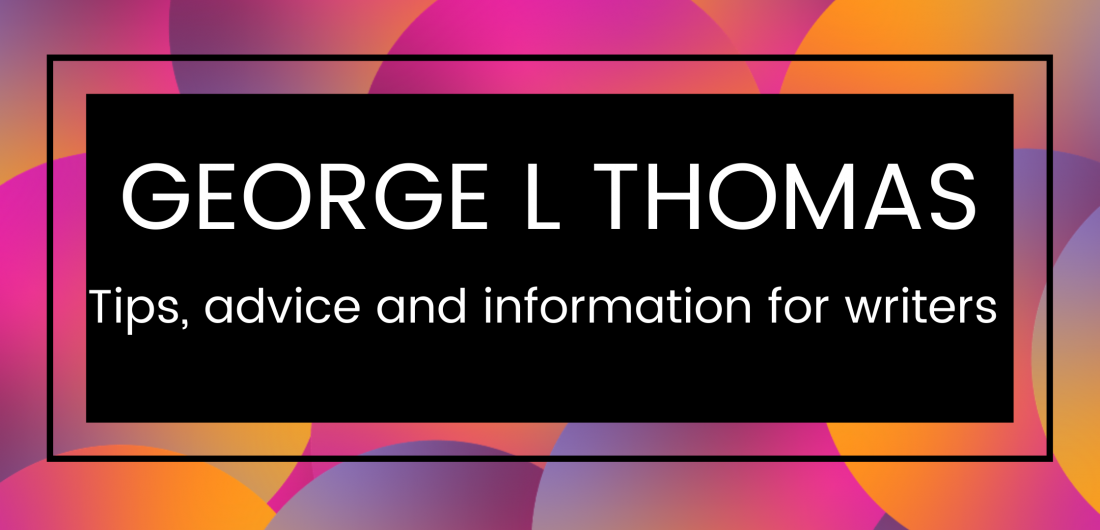
Creating a character and giving them life on the page can be difficult.
In the beginning, you can have a complete image in your mind of their physical appearance, the sound of their voice and even some personality traits, but then something gets lost in translation, and they can appear on the page as a two dimensional, ‘cookie-cutter ‘ character.
Luckily, there are things you can do to make sure your characters turn out fully rounded and believable.
1 Know Everything
You should know everything there is to know about your character, even if most of it stays in your notebook. Knowing the whole of a character’s backstory, including parents, siblings and past traumas can help you to form a more rounded image of the character in your mind.
You should also know such things as bad habits, speech patterns, fashion sense and style and make notes about the kind of person they are; are they friendly? A clean freak? Shy?
2 Give them a Goal
Every main character needs to have a goal; a want or need that will help to drive the plot forward. Without a goal, your characters will, more than likely, wander aimlessly from scene to scene, getting nowhere fast.
A goal does not have to be something life-changing (although it certainly can be), it could be something as simple as your character wanting to find a date, but they should have something to aim for.
3 Give them Conflict
Conflict is important. Without conflict, your characters would be able to achieve their goals with little or no effort, and the story would be over relatively quickly.
Conflict can be anything from someone or something actively preventing your character from getting what they want to their own internal issues, such as shyness or laziness.
4 Give them a Flaw
Giving your characters a flaw will allow readers to relate to them. After all, nobody is perfect and a flaw can help your characters to appear more human.
A character flaw can be anything from excessive self-doubt, over-confidence, or even a phobia among others.
5 Use Realistic Dialogue
Give your characters realistic dialogue. Listen to how people in the real world talk and try to incorporate it into the way your characters interact with one another. Also, note how real people use lots of ‘ums’ and ‘ahs’ and ‘erms’. You should cut these out of your characters’ dialogue, keeping things realistic but simple.
Another little tip is to make all of your characters speak differently. The last thing you want is characters who all sound alike and say the exact same things.
There you have it! 5 tips for Creating Great Characters. I hope you find it useful!
As always, thank you for reading, I very much appreciate it.
Until next time,
George
© 2018 GLT
Categories: Characters

Hi George! A great primer! #4 is always great. Do you have any interesting flaws in mind? I’m always on the lookout for hilarious ones! 🙂
Also, a daring writer can turn #1 on its head: know nothing about your character! (Or, to amend that a little, know only a little…) That way, your character can really surprise you. 🙂
LikeLiked by 1 person
Hi Alice! I’m not sure about hilarious ones, but I did once have a neighbour who had a sort of ‘anti-grinch’ character flaw, where they were excessively pro Christmas, even going so far as to keep the decorations up (even on the front of their house) all year round. I thought that was rather interesting and it did cause quite a bit of conflict and drama with other neighbours – until they finally moved.
I like your idea of knowing very little about a character and having them surprise you. That could be interesting 😊
LikeLike
Hehe, wow. 😀 Just the kind of thing I was looking for! It’s funny how being obsessive about something fairly inconsequential (like Christmas decorations) can push people’s buttons! Thanks! 🙂
LikeLiked by 1 person
Haha you’re welcome! 😁
LikeLiked by 1 person
Excellent advice thank you.
LikeLiked by 1 person
You’re very welcome! Thank you! 😀
LikeLiked by 1 person
I have the issue of making my characters so flawed that they’re probably pretty hard for people to like. Some people like books with really messed-up lead characters, but protagonists with easy likability are still obviously the norm. I also have trouble taking a lot of time to develop my story and my characters because I want to jump into the project as soon as possible, and as a result I often get burned out on a manuscript after a couple of days, because I don’t have a lot of material to play off of and aren’t fully invested/ don’t fully understand my characters. However, when one of my characters ‘clicks’ with me, I can’t stop thinking about them and I treat them like real people. 🙂
LikeLiked by 1 person
Yeah you’re right, some people do like a messed up character. It can make an interesting read. I’m the same as far as taking time to develop characters and story. I like to have as much information on both before I begin to write, though obviously it takes longer to complete anything 😁 thanks for your comment!
LikeLiked by 1 person